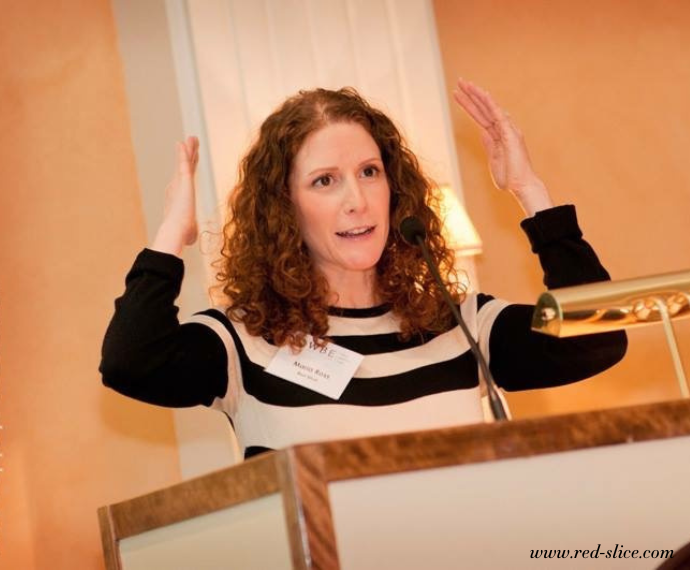Leaders today need to understand the assignment. And it’s no longer about telling people what to do like a ruler from on high,, filling out paperwork, or even getting a cushy office. Unless your WFH space is indeed, decked out and super-glam.
So I ask you: Do you fully understand the assignment….or are you working off an outdated model of what skills you need to be a successful leader?
Leadership in the past was all about command and control. You did the job so well, you were promoted to lead others doing the same job. And so on. And so on.
But many people who are excellent at “the work”are never taught how to actually do the job of leading.
Leading requires a different mindset, skillset, and frankly, temperament. It’s not the same as doing the actual work.
In a world where talented workers have options, where people are demanding respect in the workplace, and where the data now tells us that innovation, creativity, and engagement increase when the right leadership is in place, here’s the assignment as it stands today:
- Foster collaboration. Diversity enables your organization to look at challenges from every angle without missing anything. And it enables the best ideas to rise to the top. It is no longer acceptable to simply hire people who look and think like you, silence dissenting voices, or create fear and competition among your own people.
- Take the time to get to know your team as individuals. What motivates them? What are their lives like? Who do they want to be? And you must tailor communications, incentives, and career development accordingly. Invest in your people. Yes, it takes more time. Yes, it’s your job now if you want high performance and to ensure you get your own bonus. No, it’s not distracting you from the work. It IS the work of leading.
- Care about people as human beings. Understand their context. Empathetically listen before you start preaching. Accommodate for their challenges and differences. Get as personal as people are comfortable getting. Create a culture where people have each other’s backs. Be willing to be vulnerable and encourage connection and love for each other. You can encourage high standards, expect excellence, and be compassionate. We are not machines. We cannot turn our struggles, challenges, or mental health issues off to put on some “professional” facade.
- Embrace failure and admit mistakes. No one ever believed you knew it all anyway, That’s not the job of leading. The job requires risk taking and encouraging new ideas. Celebrate and learn from things not going right. It means you are innovating or getting better. If you’re still parroting, “This is the way it’s always been done,” then you’re done.
- Be Humble: If you can’t admit you’re wrong, what are you doing? Everyone around you knows you were wrong and when you don’t admit it, you just look foolish and lose people’s trust. If you are still puffing out your chest, acting like you’re “better than”and not sharing credit or space because you think that makes you the Big Dog, it’s time to step aside and let a leader with humility take over to get better engagement and results.
Let me be clear: These are not niceties. They are not a waste of time. They are not distracting you from the work. This IS the work of leading. (TWEET THIS!)
These are the skills required of successful leaders today. You are absolutely required to inspire, listen, empathize, develop, collaborate, and foster trust. And yes, deliver results.
If you are lucky enough to lead people, then please, understand the assignment.
Photo Credit: Desola Lanre-Ologun, Unsplash












